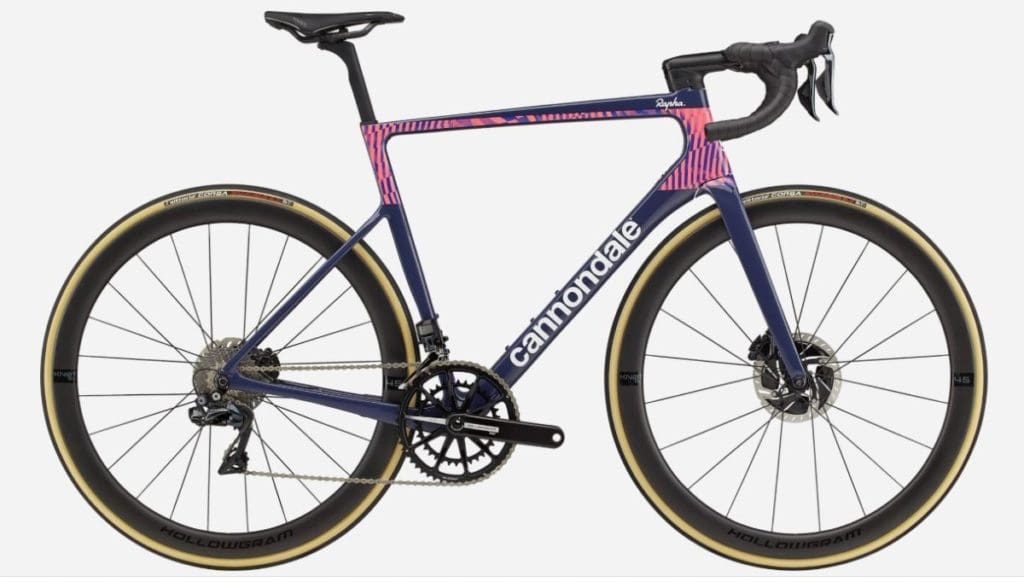Cannondale and GT to End Model Year System

As every dealer knows, most of the world’s bicycle brands have for many years operated on a model year system.
The theoretical upside of this system is to drive consumer demand through a desire to own the current year model.
But the reality is that most models don’t really change that much from one year to the next. Usually, new frame platforms and component groupsets are only released every three or four years, so for many model years in between these major upgrade years, the differences are relatively minor and sometimes just cosmetic in terms of paint and decals.
On the downside, the model year system builds in obsolescence. Every year in the months prior to the new model year bikes arriving, wholesalers and retailers are deeply discounting perfectly good new bicycles to make way for next year’s model.
There has been a gradual move away from model years, particularly in the case of some smaller, less mainstream brands, but now two major global brands, Cannondale and GT have announced that they’re dropping the model year mindset.
“Model years create gaps in availability, needless discounting, overall disruption and huger retailer accounts payable balances,” said Eugene Fierkens, general Manager for Cycling Sports Group (which includes GT & Cannondale) in a recent interview with Bike Europe.
“I want to release the stranglehold that model years have on retailers. These are driven by suppliers, but brands are feeding this monster in their race to be the first with new bikes. This all adds pressure on the retailers.”
“Model years create gaps in availability, needless discounting, overall disruption and huger retailer accounts payable balances. By adopting a Jan 1st – Dec 31st strategy there are improved margins, inventory when you need it, an easier to manage business, new initiatives can be launched in early spring but most importantly, there are no more model years so the stock holds its value – a benefit for the retailer and us. Forced obsolescence of products mid-season can be avoided and new products/colours can be introduced if stocks are low. If this system had been in place pre-corona there would be less pressure on model years this July, there would have been more inventory.
“Component suppliers will also benefit as this will flatten the peak of purchase orders and take away the pressure which comes at the wrong moment.”
“We are not the first brand to try to change the model year system, but we are the first brand to change the whole package of negative things for the retailer. With extra investments, building the dealer confidence and adapting the model years we aren’t afraid to break away from an archaic system which was not supporting retailers anymore but was actually hurting retailers.”
